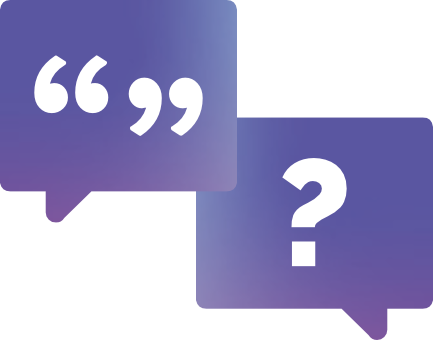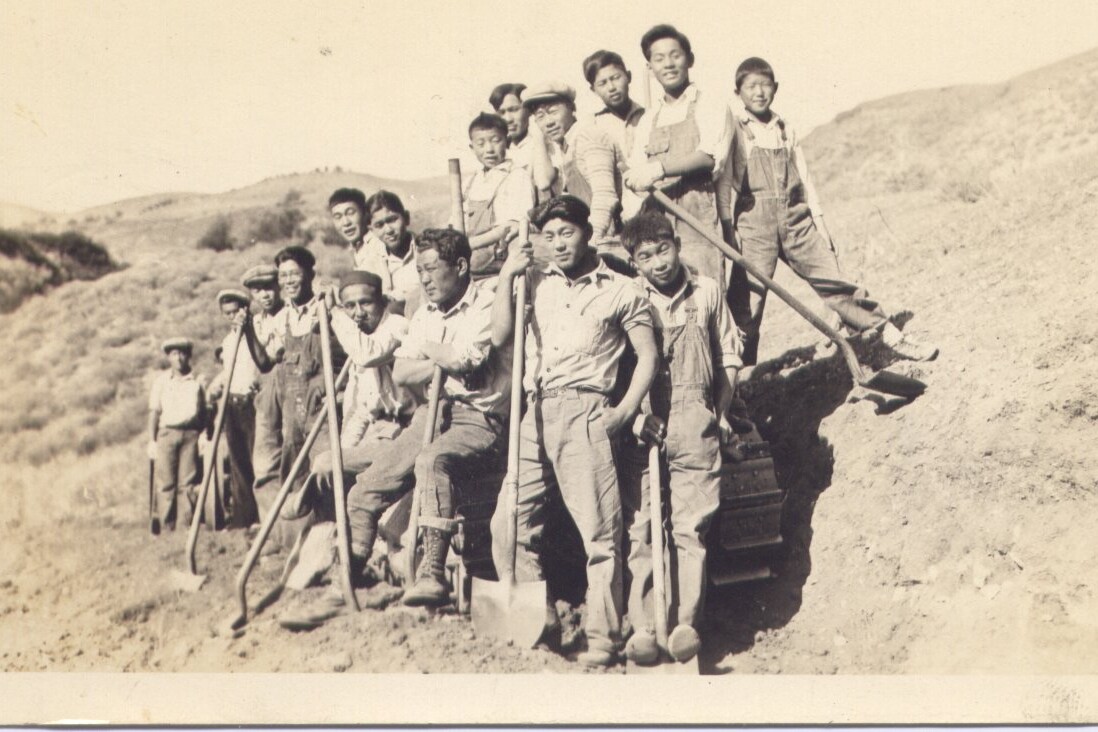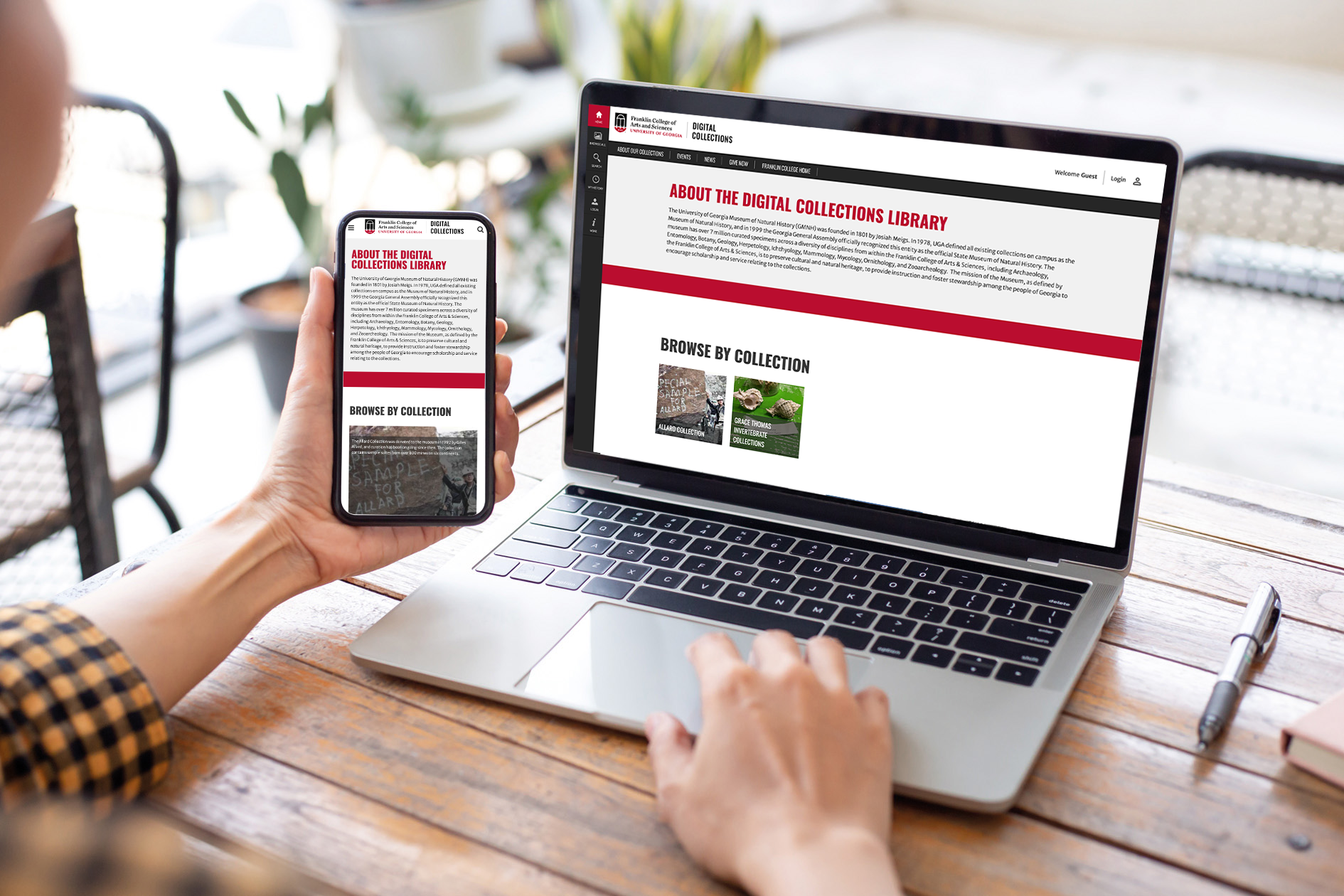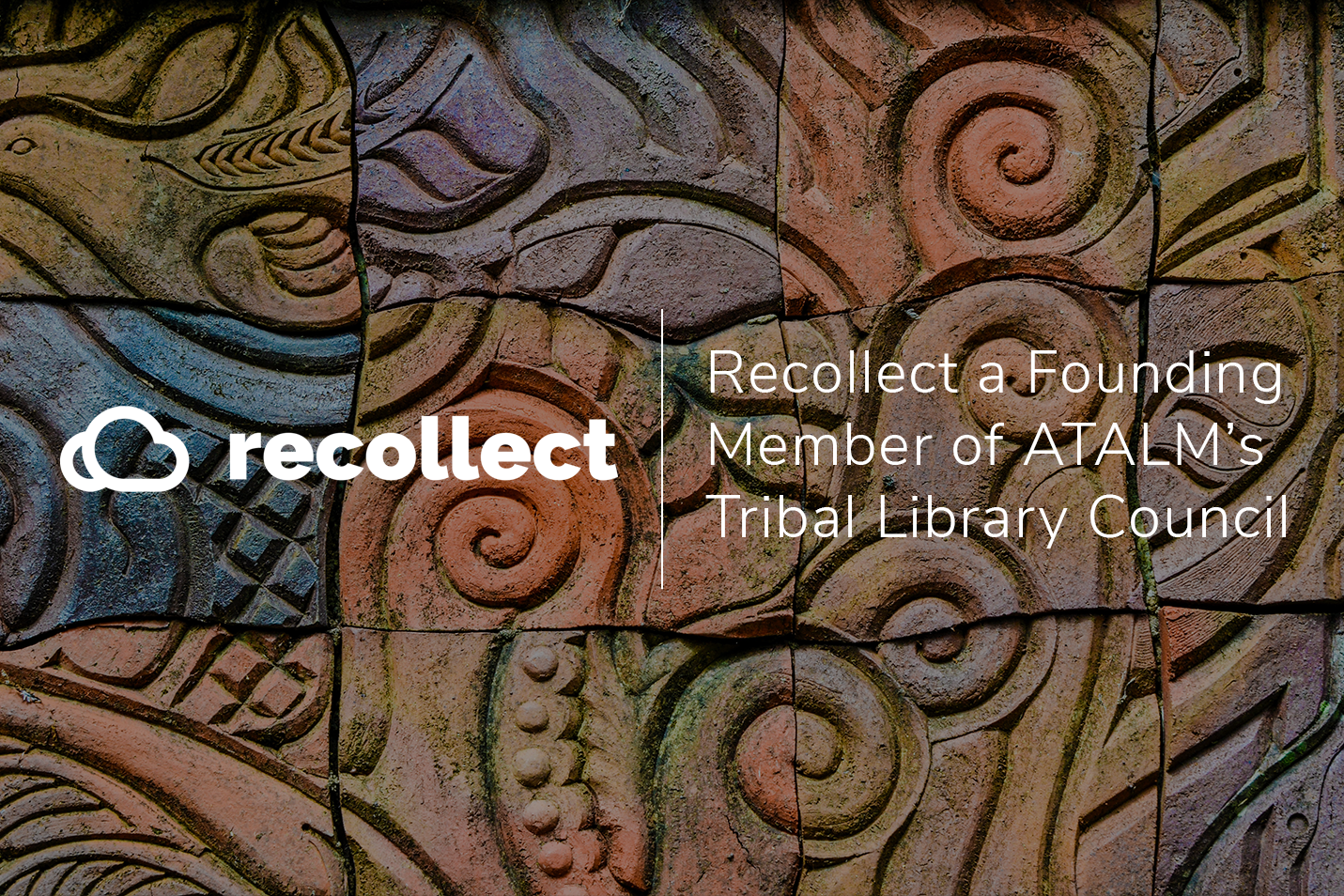What is a persona?
A persona is a market research tool that can help your organisation better understand its community. It is a fictional representation of a person that characterises a certain group, target audience, or end-user. Personas are also frequently used in the early stages of product development and User Experience (UX) design. They are the key to the success of a customer / user experience, because it ensures that all decisions take into account audience perspectives. It places the people your organisation wants to reach at the forefront of any decision making processes. This means effective collection management and engagement strategies can be developed that will increase audience satisfaction and encourage return visits. Personas can help your organisation understand its audiences better, configure your services for them more accurately, and successfully build strong relationships. Determining the demographics of the audience only exposes what they are (e.g., age, occupation, or gender). Instead, personas, based on psychographics, reveal who the audience is and what matters to them most
Recollect harnesses the power of personas to discover, describe, and define your community and stakeholders requiring access to your digital collections online. Each Recollect site is implemented using these techniques, so we can identify which discovery and display features will speak clearly to your most important persona groups and be the most engaging. This ensures your visitors find what they are looking for and have a positive user experience while browsing your digital collections. Reach out to our team to hear more about the Recollect implementation process.
The benefits of developing personas

Human-centred
Personas allow for approaches that are founded within the target audience’s psychology and those which appeal to the subjective nature of the people your collection is trying to engage. Your organisation can stimulate empathy and engagement through the use of personas — adding a human component to what otherwise might be a mechanical process consisting of hard facts. Personas humanise audiences and can help you imagine them as real people rather than only seeing them as data within an analytics report.
Personalisation
Personas can uncover what drives your audiences and how they feel about your organisation or collections. By creating personas, you can better understand the challenges your audiences face, the goals they strive to achieve, and what aspects will secure support and return visits. Audiences can be reached though personalised methods that are more meaningful and engaging. A clear idea of who your audience is and what they are hoping to get out of your organisation can give you the tools to better strategise how you will reach them and create compelling content or storytelling.
Personas can help you:
- Gain consistent understanding across your organisation of who your target audiences are.
- Have more empathy and understanding for your audience.
- Ensure your organisation is represented consistently that appeals to your audience.
- Decide what aspects of your organisation are important to promote.
- Determine how you can encourage loyalty.
- Develop engaging marketing, messaging, and content.
- Employ more efficient service and collection access development.
- Create enhanced user experiences.
Research-Based Personas

Personas can be created by defining a number of key characteristics present in real people. You will need to analyse common patterns across a range of factors including demographics, beliefs, behaviours, personality traits, interests, motivations, and needs.
Qualitative research can be a good starting point for gathering information about your audiences. This includes conducting interviews, observations, online questionnaires, feedback forms, and even combing through social media.
Quantitative research can help you analyse the size and statistics of your existing visitors or audience base. This includes determining your visitor foot traffic, website analytics on existing platforms, or loaning statistics on high-ranking collections.
The output of this kind of research should be a comprehensive overview of the attitudes, behaviours, social influences, and emotions of audiences which will become the basis of your personas.
Collecting information about current audiences:
- Conduct interviews with current audiences, after several you should see common patterns emerging and these can form different personas.
- Review feedback forms and other inquiries from people requesting assistance.
- Ask current audiences to submit surveys telling you what they like about your organisation and what they would like to change. Make sure to ask for their demographics as well for context and to help you discover patterns.
- Explore existing databases and statistical information relating to your audience and your collections.
Defining Your Personas

The research you have collected will need to be analysed to discover similarities and differences across a range of audiences. People can be grouped into clusters that are based on their psychographic or behavioural similarities. These groups of similar audiences will become the basis of your personas and can be looked at in depth to define what makes each unique and how your organisation might cater to them specifically.
Your personas should include:
- Persona group name. E.g., Librarian.
- Fictional name. E.g., Alex (makes them seem real and human).
- Job titles and major responsibilities.
- A quote they would say that defines them.
- Basic demographics including age, education, and family status.
- Goals or tasks these people are trying to accomplish by using your service/organisation.
- Pain points or frustrations.
- Technical experience and professional background.
- Their working environment.
- A photo representation.
Cultural Heritage personas
Cultural heritage organisations work hard to enhance audience experiences and present cultural heritage in a way that is relevant, immersive, and personalised. Personas are a method that can aid in this goal as well as promote wider engagement and inclusivity. With the use of personas, your organisation can develop relevant content and strategies based entirely off your audience’s real interests and needs. It also allows you to understand why people engage with your organisation or use your services.
Personas defined by motivations
Defining a range of audience’s motivations is one way you can outline your personas. In The Museum Experience (1992) John Howard Falk and Lynn Diane Dierking describe three main motivations for people to visit museums or art galleries. The first is for social activity: they found that people wanted to spend time with their friends and family in a safe environment where they could be entertained. The second was for education and learning: this was a broad motivation and encompassed both individual learning and teaching children but also to satisfying personal curiosity. Reverence was the third motivation: people searching for a place that will inspire their imagination, enlighten them, and where they can escape their daily routines. These motivators are directly based on what the visitor believes they will get out of attending the museum. It is rooted in what they think they know about themselves and their identity. Motivations can also change based on a specific day, situation, or circumstance.
Personas defined by culture segments
The Audience Atlas developed by Morris Hargreaves McIntyre in association with Creative NZ can help your organisation define its personas and delve deeper into audience motivators and needs. This guide is used by various New Zealand GLAM sector organisations including Christchurch Art Gallery. The Audience Atlas was formulated with the help of comprehensive questionnaires (qualitative analysis) and census data (quantitative analysis). It provides elaborate information about audiences so that potential, active, or even lapsed markets can be identified to improve your organisation’s marketing and communications strategies. Eight “culture segments” are defined in Audience Atlas and they can inform your organisation’s personas. The segments are essence, expression, affirmation, enrichment, stimulation, release, perspective, and entertainment. Each holds a different set of deeply held beliefs centred around the role that the arts and cultural heritage have within people’s lives.
‘Essence’ people vs ‘entertainment’ people
‘Essence’ people are thought to be most interested in the arts and cultural heritage: it is an integral part of their identity, they are knowledgeable about it, and seek out emotional connections with it. Essence people veer away from more generic or popular models of the arts, thinking it is “unsophisticated.” A segment that rarely engages with the arts or cultural heritage are “entertainment people”: they think it has little relevance to their lives and will only participate during mainstream events or activities. They seek leisure activities that are fun and entertaining, those that offer a type of escapism from their day-to-day lives.
Cultural segments can help you understand the needs of your various personas, allowing you to implement appropriate public programming and services that will appeal to a diverse range of people. Personas enable cultural heritage organisations to develop strategies that will increase audience engagement and encourage return visits. When used effectively, personas can help you plan a selection of customised marketing strategies so you can communicate with audiences who are avid visitors as well as those who do not usually engage with cultural heritage.
Group Your Personas

Now that you have established several personas it is important to sort them into three categories: primary, secondary, and negative. This will help you decide which aspects of your organisation will be important to promote and determine who your target audiences should be. Primary personas should be the main focus of your organisation, secondary personas can be used to widen your organisation’s reach, and negative personas might never engage or be harmful to your organisation’s brand.
How to use your personas effectively

Your personas will be a valuable asset if you use them to inform your organisation’s decisions and the ways that you communicate with your audience. You might have to review your past content and assess whether it speaks to the needs and interests of your primary personas. Curating your organisation’s content and communications to suit your new personas is a valuable exercise.
Your personas can steer all types of communication within your organisation including website blogs, social media messaging, how staff compose emails, or the types of content you choose to highlight or publish. Personas can also be used to build and define your brand and values by ensuring that they are aligned with your primary persona’s beliefs and interests.
Remember to stay in tune with changes in technology or other variables that might impact or alter your personas and their views relating to your organisation. Just like real people, personas change overtime from external pressures, life experiences, and societal developments.
You can use your personas to:
- Target your audience on their social media platform of choice. Create compelling content and share it across mediums they like to engage with.
- Adapt a similar tone or voice to your audience. Speak as they do and create a sense of familiarity.
- Create content that is relevant to them and that they will be interested in.
- Partner with people or brands they admire.
Recollect Discovery Workshops
A key step in the Recollect implementation process is the persona workshop. We discover your organisation’s set of personas and use them to inform the configuration of your Recollect site. Personas help to set priorities and requirements that will give your community or stakeholders the best possible user experience.
References and resources
- Abrams, S. (2019, October 28). Personas and Designing the Ideal Museum Experience. Transcend Strategic Consulting. https://www.transcendstrategic.com/blog/2019/10/28/personas-and-designing-the-ideal-museum-experience
- Artefacto. (2019, August 4). Digital transformation in libraries: 6 user personas for the modern library. https://www.artefacto.org.uk/blog/digital-transformation-in-libraries-user-personas
- Bloom Ads Global Media Group. (2019, May 8). The Power of Personas: Why Are Marketing Personas Important? Bloom Ads. https://www.bloomads.com/blog/the-power-of-personas-why-are-marketing-personas-important/
- Bright Vessel. (2019, April 24). What’s Customer Persona and How Do You Use in Marketing? https://www.brightvessel.com/whats-customer-persona-and-how-do-you-use-in-marketing/
- Davu, S. (2019, October 6). What is Persona Development and Why is it Important? Segue Technologies. https://www.seguetech.com/persona-development-important/
- Dougherty, S. (2019, February 26). The Power of Personas. Insights Association. https://www.insightsassociation.org/article/power-personas
- Falk, J., & Dierking, L. (1992). The Museum Experience (Revised ed.). Howells House / Whalesback Books.
- Mirashrafi, S., Gargett, K., & Perry, S. (2017, August 8). Using Group Personas to Develop Cultural Storytelling Experiences. Emotive. https://emotiveproject.eu/index.php/2017/08/08/spotlight-on-using-group-personas-to-develop-cultural-storytelling-experiences/
- Morris Hargreaves McIntyre & Creative NZ. (2018, February). Audience Atlas New Zealand 2017. https://www.creativenz.govt.nz/assets/paperclip/publication_documents/documents/631/original/audience_alas_new_zealand_2017_final.pdf?1526983746
- Shelley, R. (2016, August 23). The human side to SEO: the power of personas. Search Engine Land. https://searchengineland.com/human-side-seo-power-personas-255747
- Slater, A. (2007). ‘Escaping to the gallery’: understanding the motivations of visitors to galleries. International Journal of Nonprofit and Voluntary Sector Marketing, 12(2), 149–162. https://doi.org/10.1002/nvsm.282
- Team Tony. (2020, January 29). The power of user personas. Tony Robbins. https://www.tonyrobbins.com/career-business/power-user-personas/













